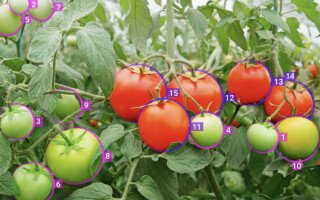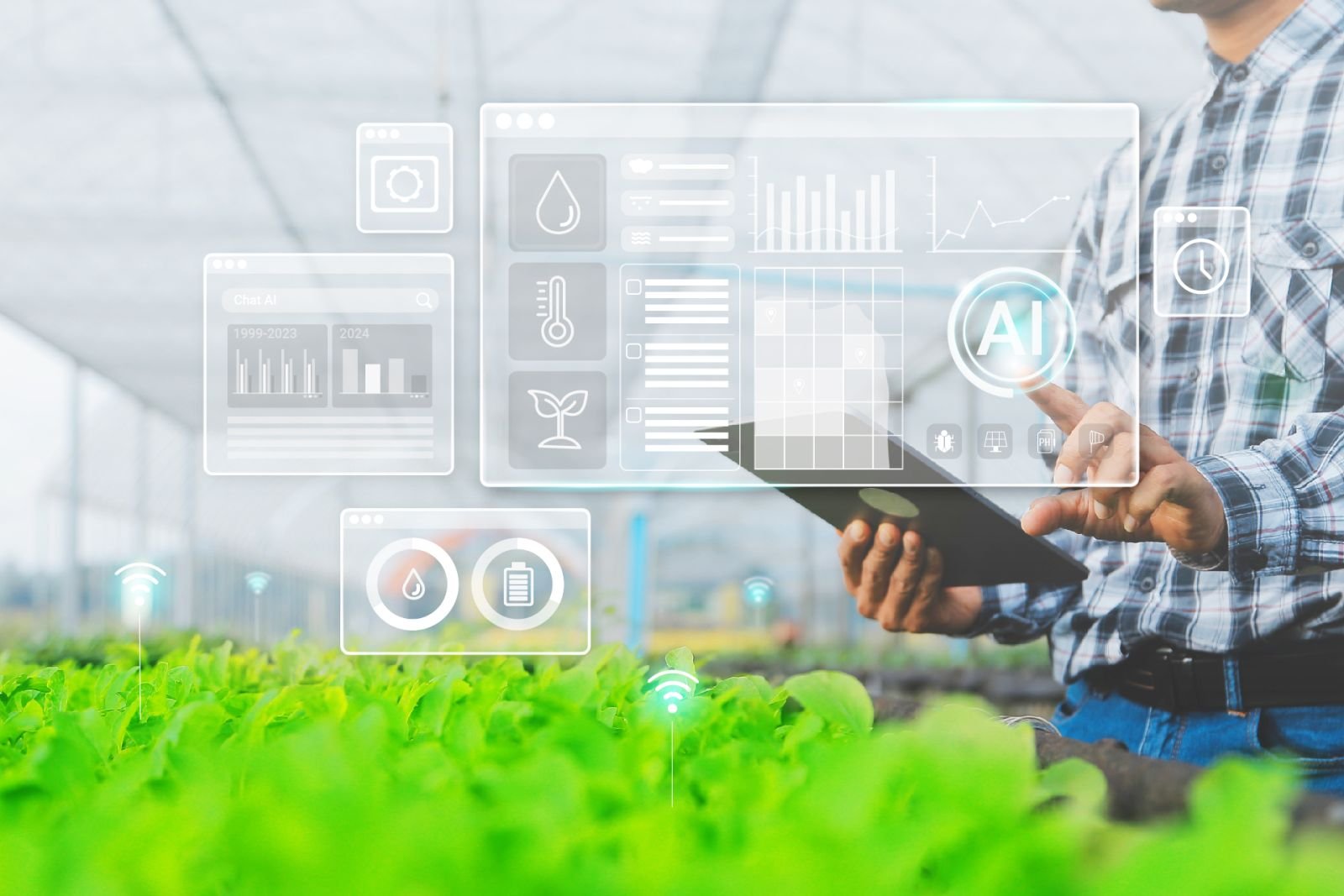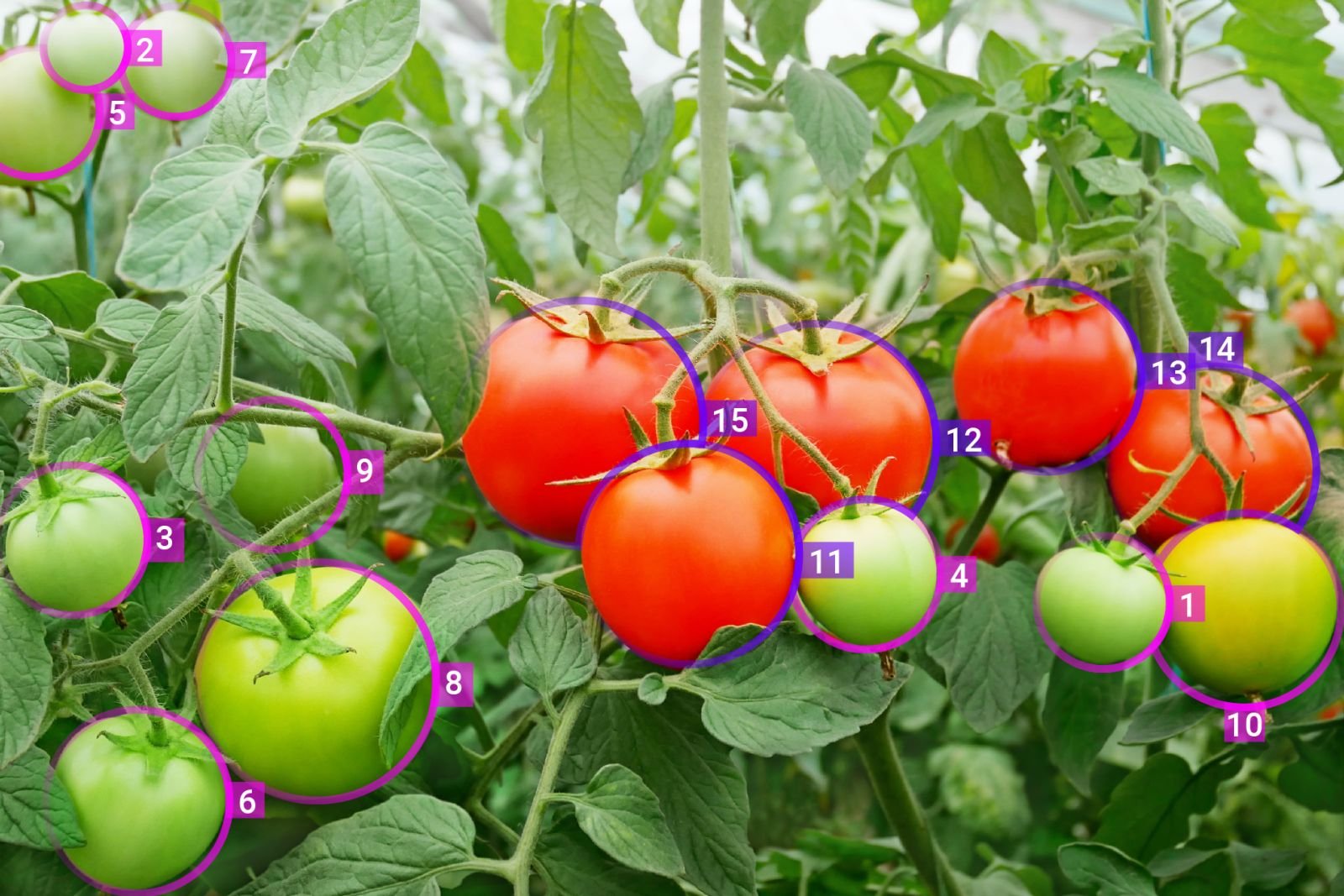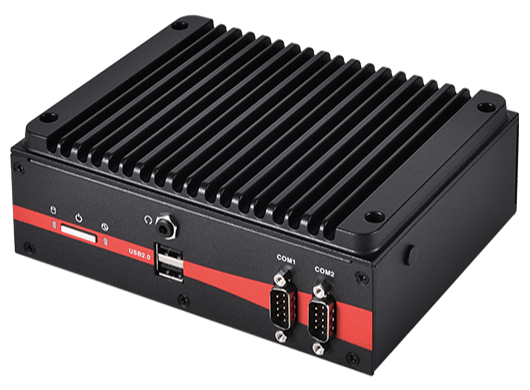October 28, 2024
Blog

The agriculture industry faces numerous challenges driven by environmental, economic, and social factors. Climate change is a major concern, causing unpredictable weather patterns, droughts, floods, and shifting growing seasons, which impact crop yields.
Soil degradation, due to the overuse of chemical fertilizers and pesticides, has led to reduced fertility and biodiversity loss. Water scarcity is another critical issue, exacerbated by over-irrigation and pollution, threatening sustainable farming practices.

The agricultural sector also faces labor shortages and an aging farming population, challenging the future of food production. Socially, there is growing pressure to produce food sustainably while meeting the demands of a rising global population. This includes reducing greenhouse gas emissions, minimizing food waste, and ensuring food security. Balancing productivity with environmental conservation and social equity remains a significant challenge in modern agriculture.
Farmers and developers alike are looking to artificial intelligence (AI) for help, as it holds transformative potential in agriculture, offering innovative solutions to address the sector’s pressing challenges. AI in agriculture leads to increased efficiency, sustainability, and profitability.
At a high level, AI can enhance productivity, sustainability, and resilience in farming by optimizing resources, improving decision-making, and enabling precision agriculture. Let’s look at some of the specific areas where AI can be most useful:
- Precision agriculture: AI can analyze data from various sources, such as satellite imagery, weather forecasts, and soil sensors, to provide real-time insights for farmers. By processing this data, AI systems can guide precise planting, irrigation, and fertilization strategies, ensuring that crops receive the optimal resources. This targeted approach minimizes waste, reduces costs, and enhances crop yields.
- Predictive analytics: AI can predict weather patterns, pest infestations, and crop diseases, allowing farmers to take proactive measures. For example, AI models can forecast droughts or floods, helping farmers prepare and mitigate potential losses. Similarly, AI can predict pest outbreaks or disease spread, enabling timely interventions with minimal environmental impact.
- Automated machinery: AI-powered robots and drones can perform labor-intensive tasks such as planting, weeding, and harvesting. These machines operate with high precision, reducing the need for manual labor and lowering the risk of human error. In regions facing labor shortages, AI-driven automation can be particularly valuable, ensuring consistent and efficient farm operations.
- Supply-chain optimization: AI can streamline the agricultural supply chain by enhancing logistics, reducing food waste, and ensuring traceability. For example, AI can optimize transport routes, monitor storage conditions, and predict market demand, ensuring that produce reaches consumers at the right time and in the best condition. Enhanced traceability also helps in maintaining food safety standards and building consumer trust.
- Sustainability and environmental impact: AI can help farmers adopt more sustainable practices by optimizing inputs like water, fertilizer, and pesticides. For instance, AI-driven irrigation systems can use weather data and soil moisture levels to deliver water precisely when and where it’s needed, conserving water resources. Similarly, AI can recommend alternative, eco-friendly farming methods that reduce the carbon footprint and promote biodiversity.
How AI Operates in Agriculture
AI in smart agriculture takes advantage of technologies like machine learning, computer vision, and IoT to optimize farming practices. It analyzes data from sensors, drones, and satellites to monitor soil conditions, weather patterns, crop health, and livestock. For example, AI-powered systems can predict the best time for planting and harvesting, track water and nutrient levels, and detect pests or diseases early. Drones equipped with AI can survey fields and identify problem areas, allowing for targeted interventions.

Positioning cameras in the field can help monitor the health/status of crops.
The benefits of AI in agriculture are significant. Farmers can reduce resource usage—such as water, fertilizers, and pesticides—by applying them only where needed. This leads to cost savings, better yields, and more sustainable practices. AI also enables precision farming, improving crop quality and productivity. Automated machinery and robots powered by AI can perform tasks like planting, weeding, and harvesting, reducing labor costs and increasing efficiency. Additionally, AI-driven analytics help farmers make data-informed decisions, minimizing risks and improving resilience to climate change.
Hardware-Software Combo
To make AI-driven smart agriculture a reality takes a combination of specialized hardware and software. On the hardware side, you need a series of IoT sensors deployed in fields to monitor soil moisture, temperature, humidity, and nutrient levels in real time. Drones and satellites would be equipped with cameras and imaging systems to gather aerial data on crop health, growth patterns, and land conditions. Autonomous mobile robots (AMRs) would be used for planting, weeding, and harvesting tasks, reducing manual labor and improving precision. Edge computers would locally process the large amounts of data gathered, enabling real-time decision-making.
On the software side, you’d need machine-learning models to analyze the data from the sensors and drones to predict crop yield, optimize planting schedules, and detect pests or diseases. Image-recognition software uses AI to process visual data from drones to identify crop issues like nutrient deficiencies or pest infestations. And data-analytics tools aggregate and interpret data for better decision-making, helping farmers manage resources efficiently.
Embedded Computer for AI Agriculture

One embedded computer that excels in this application is the MiTAC MB2-10ANS, designed with an Intel Alder Lake-N microprocessor, which is well-suited to handle large volumes of data from high-resolution cameras and various sensors. By processing real-time data on crop health, soil moisture, and weather conditions, farmers can monitor large fields and swiftly respond to any detected anomalies.
Equipped with a Hailo-8 AI accelerator, the MB2-10ANS performs advanced image analysis to identify signs of pests, diseases, and nutrient deficiencies. The AI algorithms analyze images from field cameras to detect subtle changes in crop appearance, enabling early intervention and precise treatment applications.
By integrating data from soil moisture sensors, the MB2-10ANS helps optimize irrigation schedules. It uses this data to adjust water usage based on real-time soil conditions and crop requirements, preventing under- and over-watering, which can lead to water wastage and poor crop yields.
The MB2-10ANS’s flexible I/O options allow it to integrate with a range of existing agricultural technologies, such as weather stations and farm-management systems. This ensures seamless addition to current setups, enhancing their capabilities without requiring significant infrastructure changes.
The MB2-10ANS is built with a rugged, fanless design that can withstand the harsh environmental conditions often encountered in agricultural settings. Its durability ensures reliable operation despite exposure to dust, moisture, and varying temperatures.
What comes from deploying the MB2-10ANS in a smart AI agriculture application is improved crop health, optimized use of resources, and overall cost savings for the farmer. Contact MiTAC to learn more about this leading-edge solution.

